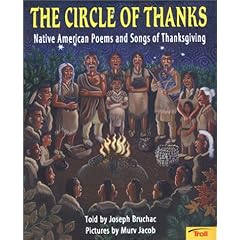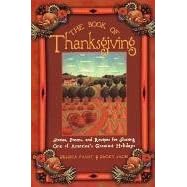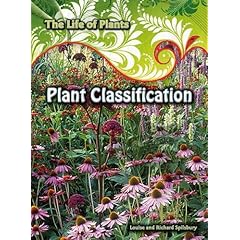by Susan Cooper
And so the Shortest Day came and the year died
And everywhere down the centuries of the snow-white world
Came people singing, dancing,
To drive the dark away.
They lighted candles in the winter trees;
They hung their homes with evergreen;
They burned beseeching fires all night long
To keep the year alive.
And when the new year's sunshine blazed awake
They shouted, revelling.
Through all the frosty ages you can hear them
Echoing behind us - listen!
All the long echoes, sing the same delight,
This Shortest Day,
As promise wakens in the sleeping land:
They carol, feast, give thanks,
And dearly love their friends,
And hope for peace.
And now so do we, here, now,
This year and every year.
Unbeknownst to me until a few days ago, this poem was written by children's author Susan Cooper for The Christmas Revels, an annual celebration that takes place in Cambridge, MA, each year. If you're ever in the Harvard Square area in December, I highly recommend seeing and hearing this ever-changing group of performers.

Poetry Friday is being hosted today by Author Amok. Be sure to check out my tongue-in-cheek original holiday poem, as well, at my other blog, Rockhound Place.










